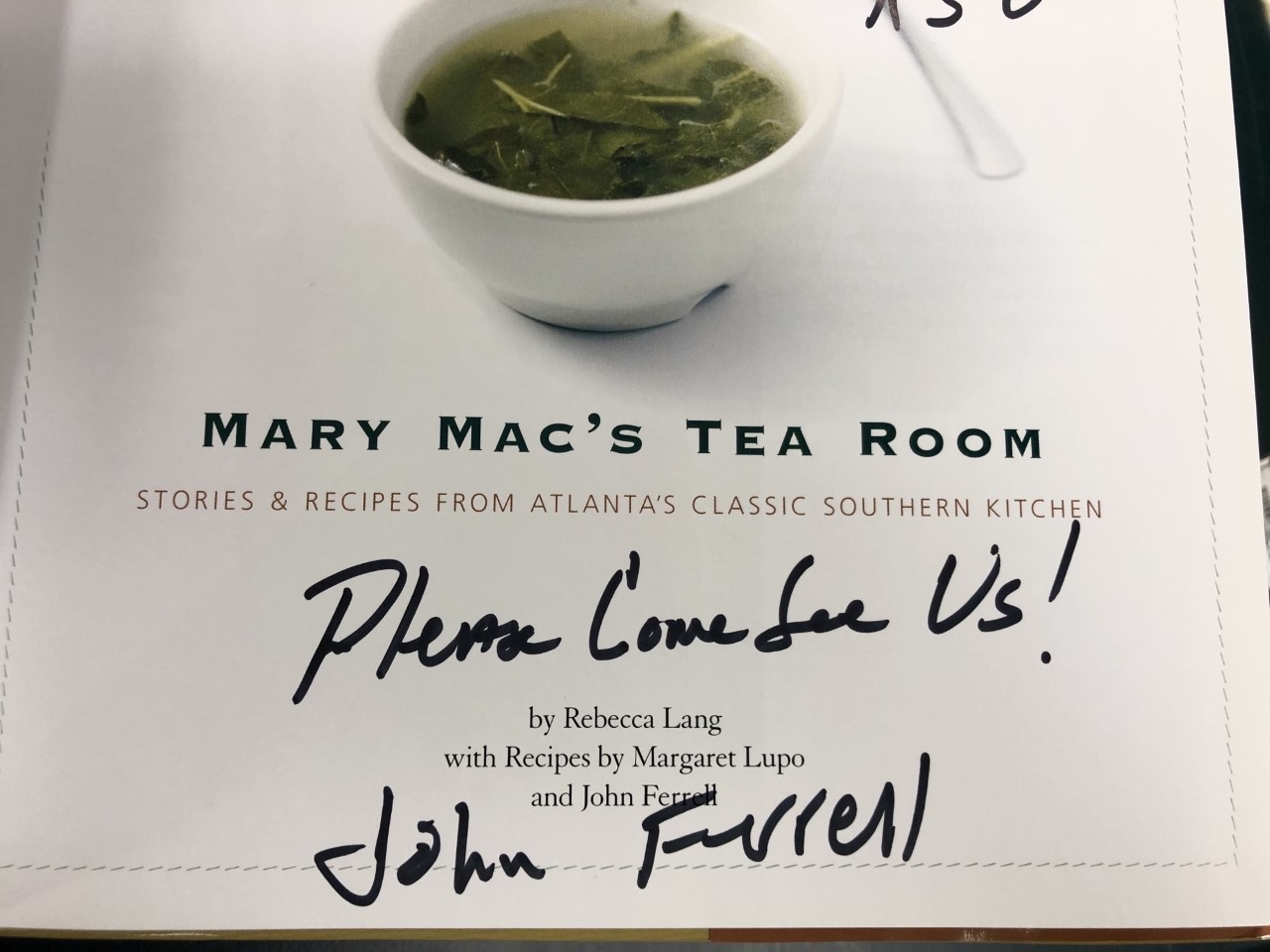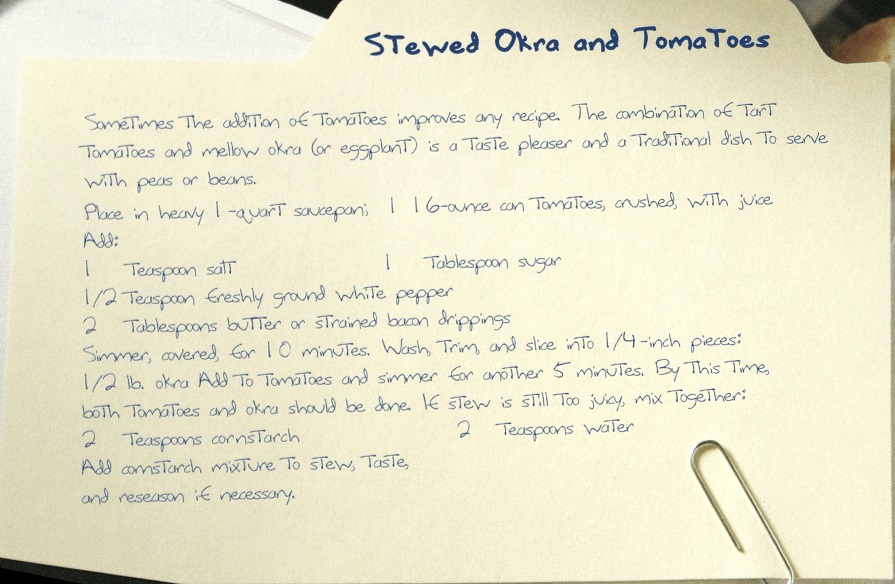

KENNESAW, Ga. | May 18, 2021
KSU alum Caitlin Hobbs shares their research on southern cuisine and the legacy of Mary Mac's Tea Room in Atlanta, GA.
Southern food, now known as soul food, is probably one of the most recognizable parts of American cuisine. In Atlanta, Mary Mac's Tea Room is one of the most well-known restaurants serving it. The Bentley Rare Book Museum owns a copy of Mary Mac’s Tea Room: Stories & Recipes from Atlanta’s Classic Southern Kitchen signed by the restaurant’s previous owner, John Ferrell. For good reason, it's been there serving the same food for almost 60

Typical soul food is actually derived from recipes of enslaved people. For instance, take “goober peas,” also known as peanuts. Many of us like our goobers boiled. Boiled peanuts were a huge part of Confederate soldiers’ diets during the American Civil War. But the word goober comes from the word nguba, the Kongo word for peanuts. So, the peanuts Georgia is so well known for don't actually originate there. They were first introduced to North America in the 1700s when they were brought over from Africa with a shipment of enslaved people.
Collard greens came to America from Africa as early as 1619. Getting a “mess o’ greens” or “pot likker” at any Southern banquet is standard, and at Mary Mac’s it’s no different. Hoppin’ John is a must in Southern households on New Year’s Day, and the recipe comes from Black Kitchens, using collard greens, black-eyed peas, and bacon. Fried chicken is a blend of Scottish and West African cuisine, two groups that make up much of the Southern culture. The food uses Scottish frying techniques combined with West African spices, though prior to this, West African groups did have their own

versatility in southern cuisine ranges from standalone nuggets of fried okra to thickening agents of succulent, Louisiana-style gumbo.
Grits, another huge Southern dish, has its roots with the Native American Muskogee tribe who used hominy, a food produced from dried corn. Corn was a staple on plantations, and grinding the corn down made it stretch further. Nowadays, shrimp is a classic protein paired with grits. Many restaurants, like Mary Mac’s Tea Room, serve bowls of this popular dish daily.
The history of soul food, like many other cuisines, is a journey. Soul food entered into white cultural spheres through the pathways of African-American cooks, and this beloved cuisine continues to evolve through the tastes and imaginations of modern-day cooks and food lovers.
Email rarebooks@kennesaw.edu to learn more about the Bentley Rare Book Museum's historic culinary collection.